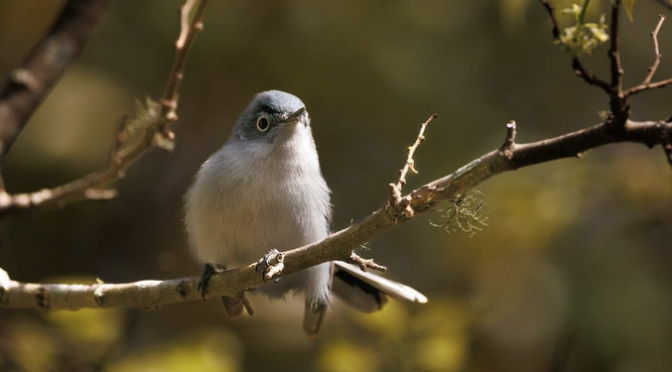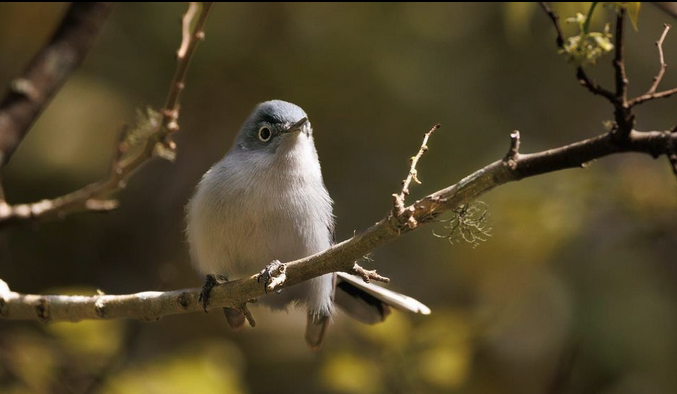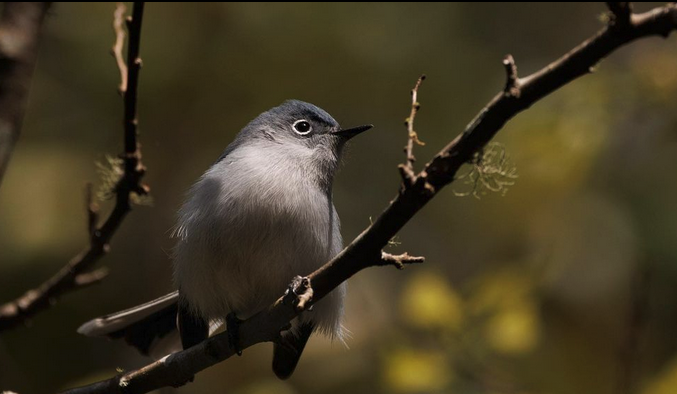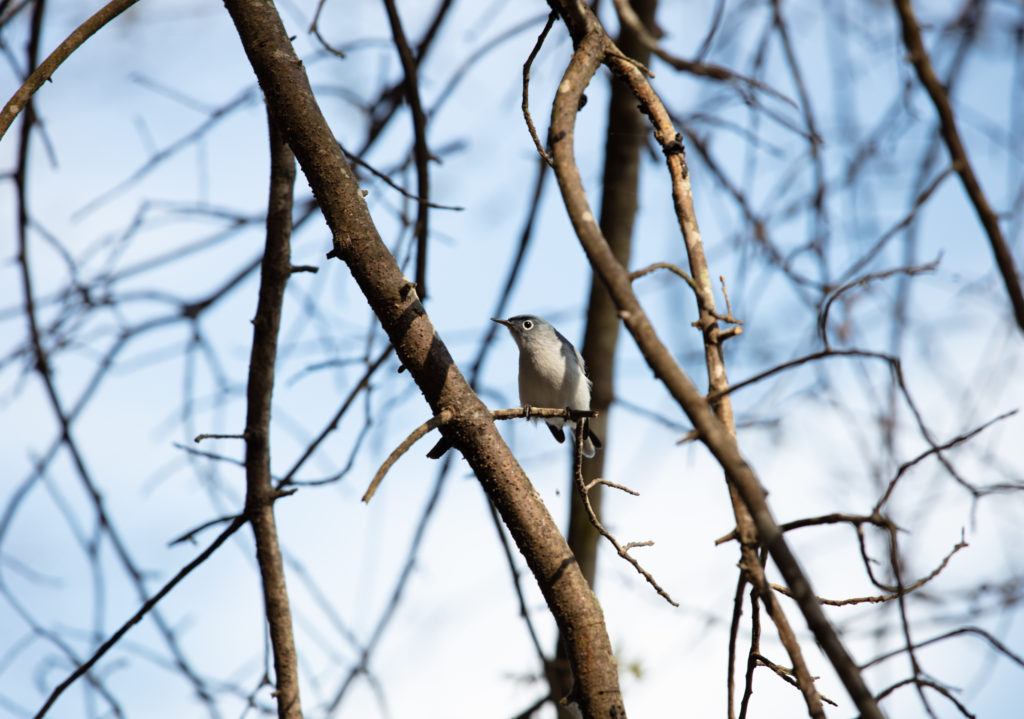By Sally Siko
A sure sign that spring is here is marked by the arrival of the Blue-gray Gnatcatchers.
I spotted several this morning while birding near my home in central North Carolina.
Happily these little guys were super curious about my presence in the woods so they kept flying in close to get a look at me. Normally Gnatcatchers are kinda hard to photograph since they tend to zip around at a zillion miles per hour but not these two lol!
Both birds actually moved through the brush at a slower than usual pace often pausing to eyeball an insect or to inspect their surroundings which led to some excellent photo opportunities for me. 🙂

Among the smallest birds in North America, only measuring around 4.5 inches (11 cm) in length.
What they lack in size they make up for tenfold in energy! They are highly active birds, constantly flitting about in search of insects to eat. Gnatcatchers are known for their agility and can even hover briefly while catching insects in mid-air.
Again, despite their pint size, they’ve got a surprisingly loud and complex song too which makes them easy to locate in the field. Their vocalizations include a series of high-pitched, nasal notes often described as sounding like “spee-spee-spee.”







The Blue-gray Gnatcatchers are just now making their way up the east coast of the United States heading north for their breeding season ahead.
They are found throughout all 100 counties of North Carolina, and will stick around the Tarheel state through mid October.
Be in the lookout for them this summer and enjoy every second with them!
Photos by @sally_siko of @bestlife_birding on my mighty mirrorless monster, the @canonusa #R5















